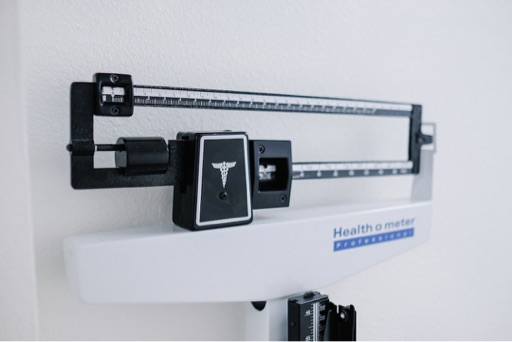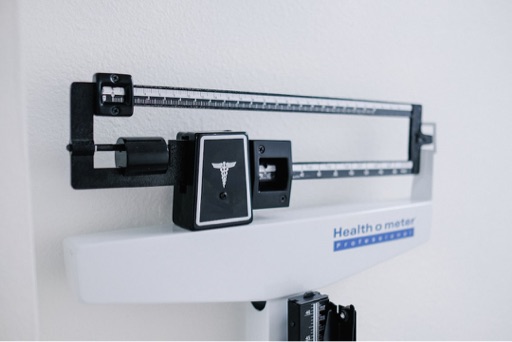Osteoporosis is often referred to as a silent disease because it generally progresses without symptoms until a fracture occurs. According to the Royal Osteoporosis Society, about one in two women and one in five men over the age of 50 will suffer a bone fracture due to this condition at some point in their lives.
As we age, our risk of osteoporosis increases, but early awareness and proactive lifestyle choices can significantly mitigate that risk. Here are eight essential insights about osteoporosis that everyone should know:
1. It Often Goes Unnoticed
Osteoporosis develops silently without causing any noticeable signs or symptoms until it leads to a fracture. Spinal fractures can even result in height loss and a curved spine, but the disease itself remains free of general aches or pains.
2. Women are More Affected
Women are more susceptible to osteoporosis due to having smaller, thinner bones compared to men. The gradual decline of estrogen post-menopause accelerates bone loss, increasing the risk of low bone mass.
3. Minor Activities Can Cause Severe Injuries
People with osteoporosis can sustain fractures from seemingly harmless activities, such as gardening or lifting a casserole dish. These types of fractures are known as fragility fractures and commonly impact the spine, hip, and wrist.
4. Various Risk Factors Exist
Apart from age and family history, factors including poor nutrition, low calcium and vitamin D intake, smoking, and excessive alcohol consumption can also heighten osteoporosis risk.
5. Early Diagnosis is Key
Early detection can prevent fractures and their complications. For those considered at risk, a bone density scan (DXA scan) can help determine if medical intervention is necessary.
6. Maintain a Healthy Lifestyle
A balanced diet rich in calcium and vitamin D, alongside regular exercise, can help strengthen bones. The daily intake of at least 700mg of calcium and 400 international units of vitamin D is recommended, especially during winter months.
7. Exercise is Beneficial
Engaging in weight-bearing and resistance training exercises three to five times a week can significantly benefit bone health. Aim for 150 minutes of such exercises weekly to maximize their effectiveness.
8. Osteoporosis Management
While osteoporosis cannot be completely cured, effective medications can help strengthen bones and reduce fracture risk. Treatment may involve taking medications such as alendronate, which can be prescribed on a temporary basis according to individual needs.
In summary, understanding osteoporosis is vital for prevention. By adopting a healthier lifestyle and being aware of the risks, individuals can take action to protect their bone health.

Source: Surrey Live





